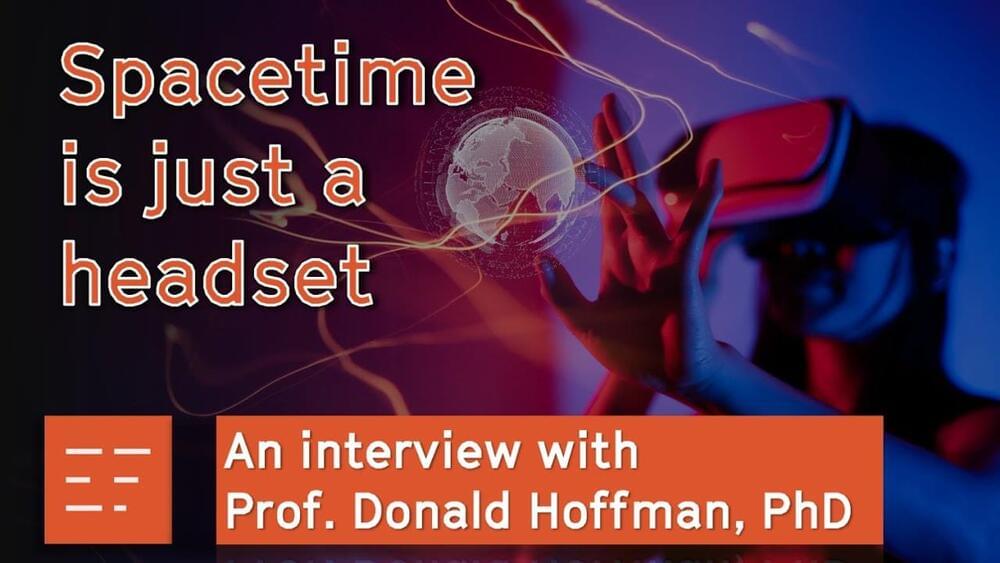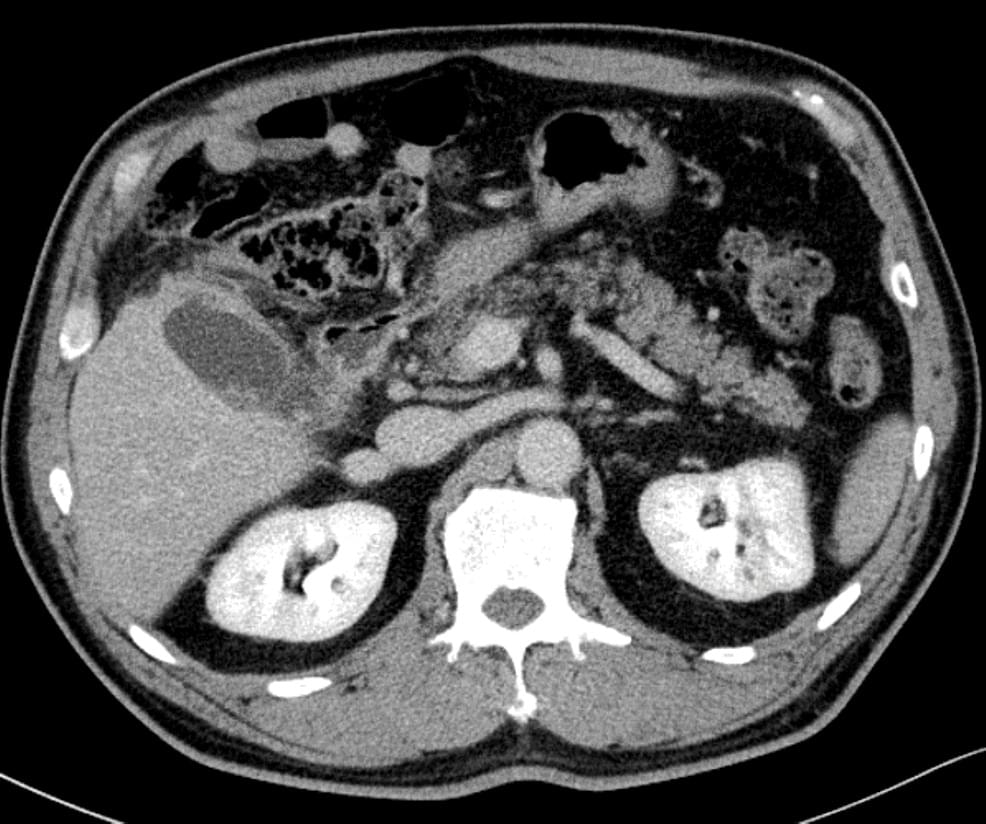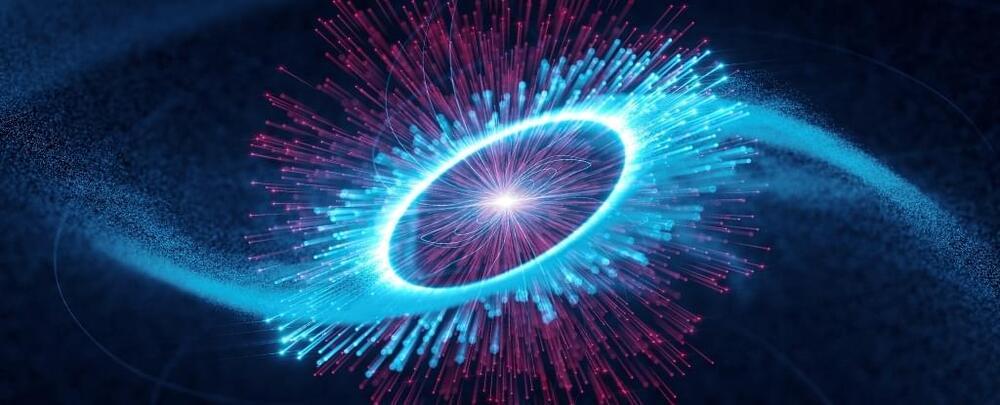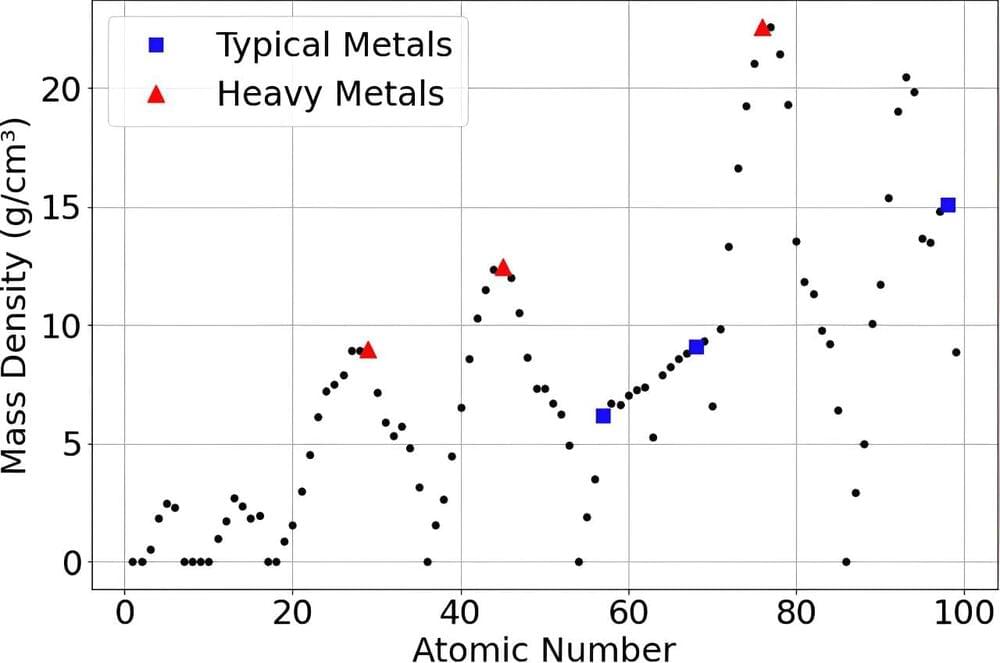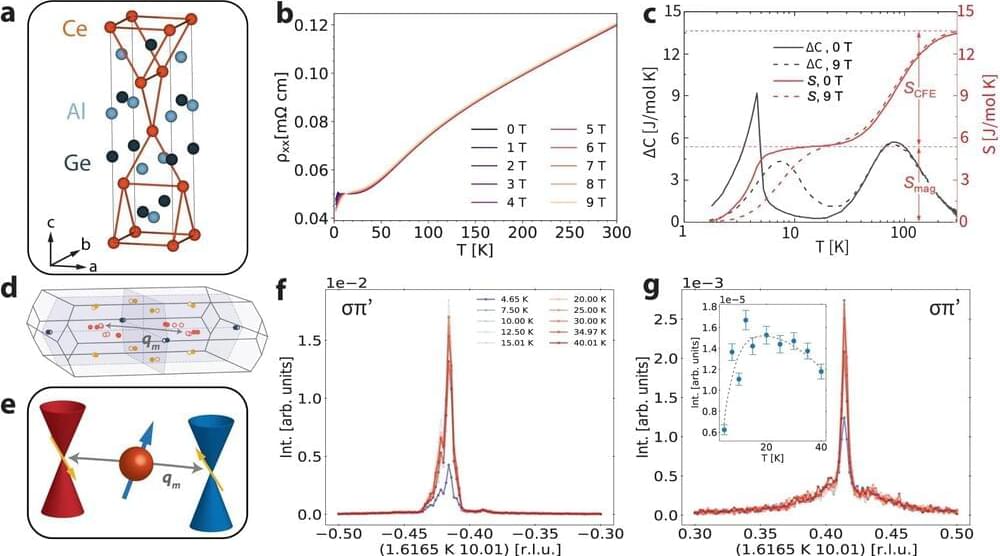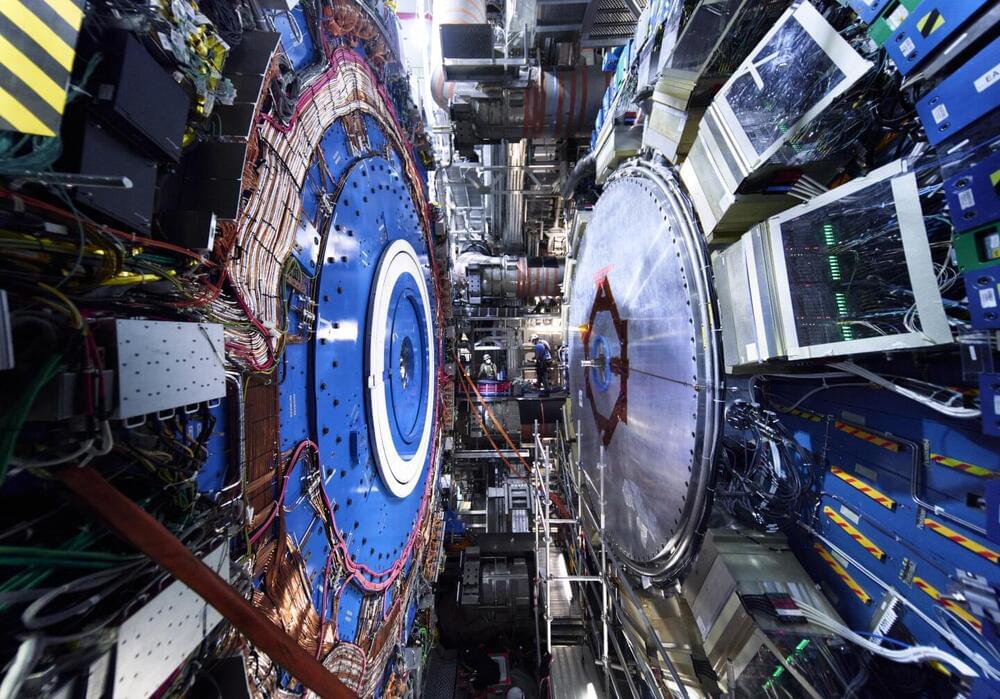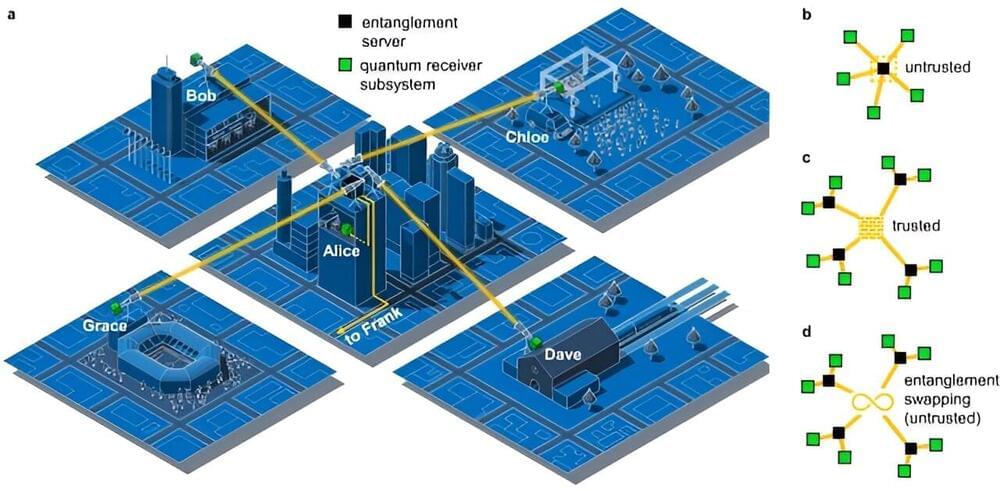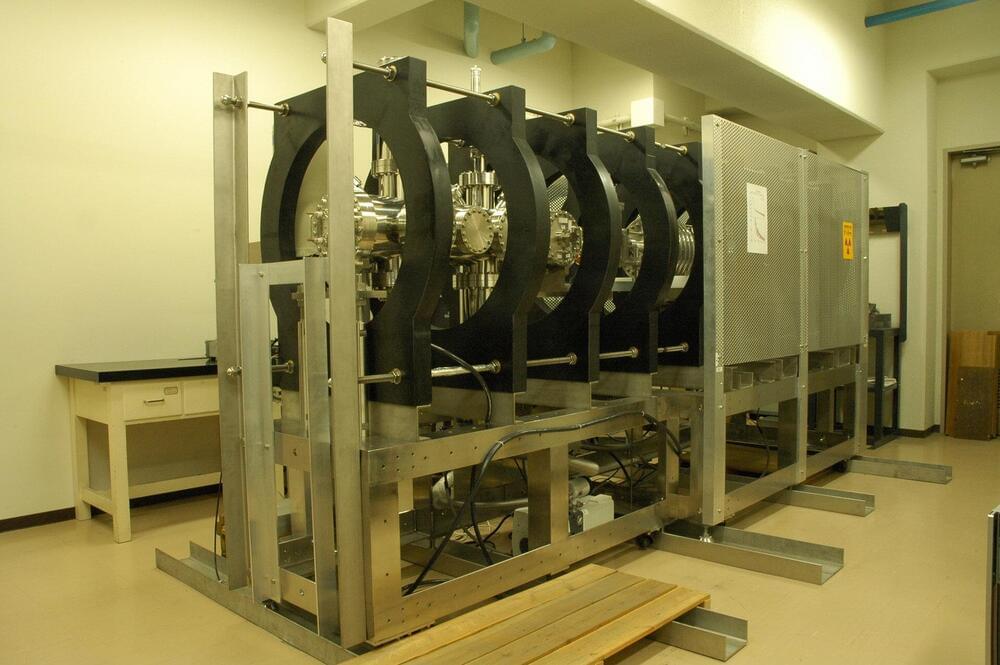Oct 11, 2023
Spacetime is just a headset: An interview with Donald Hoffman
Posted by Dan Breeden in categories: mathematics, neuroscience, quantum physics
Prof. Donald Hoffman talks to Essentia Foundation’s Hans Busstra about his theory of conscious agents, according to which space and time are cognitive constructs in consciousness, not an objective scaffolding of the world outside. The interview also touches on Prof. Hoffman’s personal history and life, bringing the warmth of his humanity to the academic rigor of his theories.
00:00 Intro: Beyond the spacetime headset.
03:32 About Donalds personal background.
07:35 On the importance of mathematics.
13:22 Quantum theory and spacetime.
19:24 Why exactly is spacetime ‘doomed’?
24:34 Did physics ‘encounter’ consciousness in quantum theory?
32:49 On heavy vs light metaphysical claims.
37:36 How is your theory affecting your personal life?
42:17 Is The Matrix a good metaphor?
46:38 How can the space time interface affect consciousness?
53:09 What makes you say that if spacetime is not fundamental, consciousness must be fundamental?
55:44 Physicalism fails to give an accurate model of consciousness… 1:00:24 How can we put the spacetime headset off? 05:39 Beyond the spacetime fantasies of Christopher Nolan and the Matrix… 1:09:27 The ontology of conscious agents 1:15:05 Are meditation and psychedelics ‘hacks’ in the interface? 1:21:41 Should we revalue religious and mystic literature? 1:29:54 Could idealism as a worldview help us better solve the challenges humanity faces? 1:34:23 The role of mathematics in bringing together science and spirituality Copyright © 2022 by Essentia Foundation. All rights reserved. https://www.essentiafoundation.org.
1:00:24 How can we put the spacetime headset off?
05:39 Beyond the spacetime fantasies of Christopher Nolan and the Matrix…
1:09:27 The ontology of conscious agents.
1:15:05 Are meditation and psychedelics ‘hacks’ in the interface?
1:21:41 Should we revalue religious and mystic literature?
1:29:54 Could idealism as a worldview help us better solve the challenges humanity faces?
1:34:23 The role of mathematics in bringing together science and spirituality.
Continue reading “Spacetime is just a headset: An interview with Donald Hoffman” »
